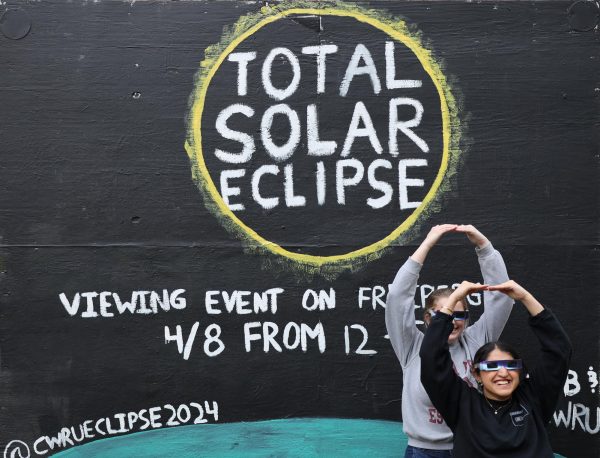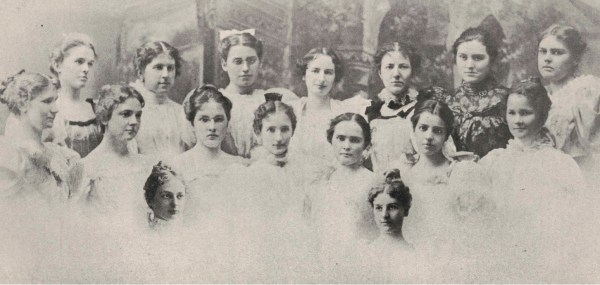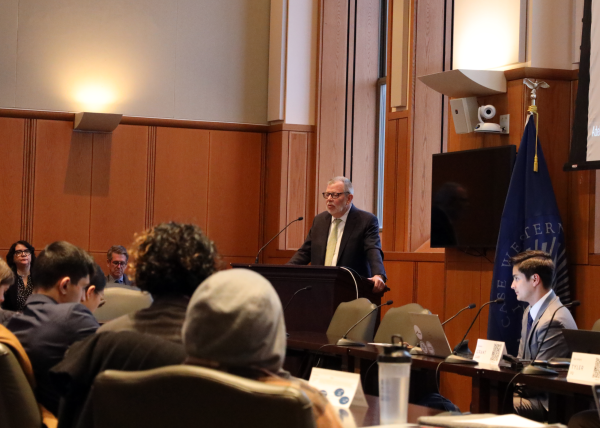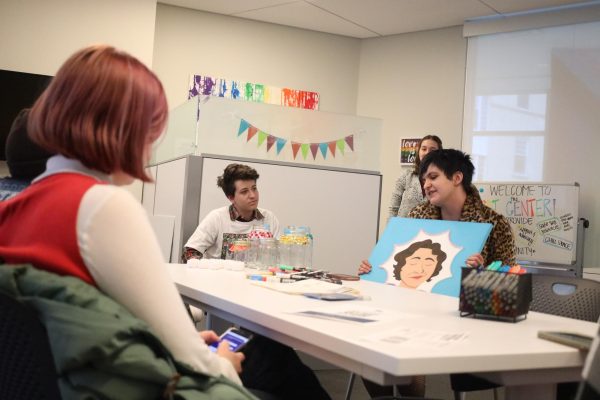Revival of gender equality amendment
A film screening and a live screen discussion panel celebrated the second annual Campus Equal Rights Amendment (ERA) Day, which was hosted by the Flora Stone Mather Center for Women (CFW) to increase support and awareness for the ERA. Case Western Reserve University is one of eight total universities across the country which honors a Campus ERA Day.
The CFW’s April 26 event observed ERA Day with a screening of the short film “50/50” and a live-stream panel discussion including the founding president of the Women’s Media Center, the CEO of the ERA Coalition and others.
The ERA was drafted in 1923 by a suffragette named Alice Paul. According to the ERA Coalition, the ERA is a proposed amendment to the Constitution of the United States prohibiting discrimination against citizens based on gender identity. This amendment was never ratified.
Renee Sentilles, an associate professor in the Department of History, said, “[The ERA has] been reinstated in Congress every year since [Alice Paul drafted it in 1923].”
Sentilles attributes the revitalization of the ERA movement to our country’s current political climate.
She said, “[The ERA movement] is now re-entering our discourse because the near-win but ultimate fail of Hillary Clinton as president woke women across the political spectrum that they must still fight for legal, cultural, political, economic and social equality.”
The coalition is a national organization whose mission is to increase public awareness of the ERA and support its ratification. Cheryl Toman, director of Case Western Reserve University’s Department of Women’s and Gender Studies, also believes the United States’ current political climate has led to a revitalization of interest in the ERA.
“If you look at all the happenings in the last year that prove the country can do much better in terms of equal rights for women, [like the Women’s March, the #MeToo Movement and the Time’s Up Movement],” said Toman, “it is only natural that we see other related events locally and regionally in addition to those nationally and internationally.”
Toman additionally emphasized the importance of student involvement with the movement.
“CWRU students should not downplay their contribution to this national debate,” said Toman. “Students have always had the power to change injustice, and if you look at revolutions around the world, many started with student outrage over an injustice.”
President of CWRU’s student chapter of ACS Taru Taylor focused on ratifying the ERA in 1982. According to Toman, rhetoric surrounding feminism and the ERA at that time focused on heterosexual, cisgender and white women.
“Over the years, it has become clear that many of the equity issues of cisgender women are also issues that affect the LGBT community,” said Vice President for Inclusion, Diversity and Equal Opportunity, Marilyn Mobley. “The understanding and heightened sensitivity to the concept of intersectionality helps us recognize the multiple concerns of cisgender women and their connections to the concerns of the LGBT community.”
Campus ERA Day aimed to address all identities and experiences of members within the CWRU community, since the ERA is no longer primarily focused on heterosexual, cisgender and white women.
“Feminism is lived, and it is not just a theory,” said Toman. She added, “Taking this message out to the streets and to the community and to the nation is a part of what we do. It is astonishing that political figures or parties would not support the ERA…yet this has been the case for nearly 100 years.”













